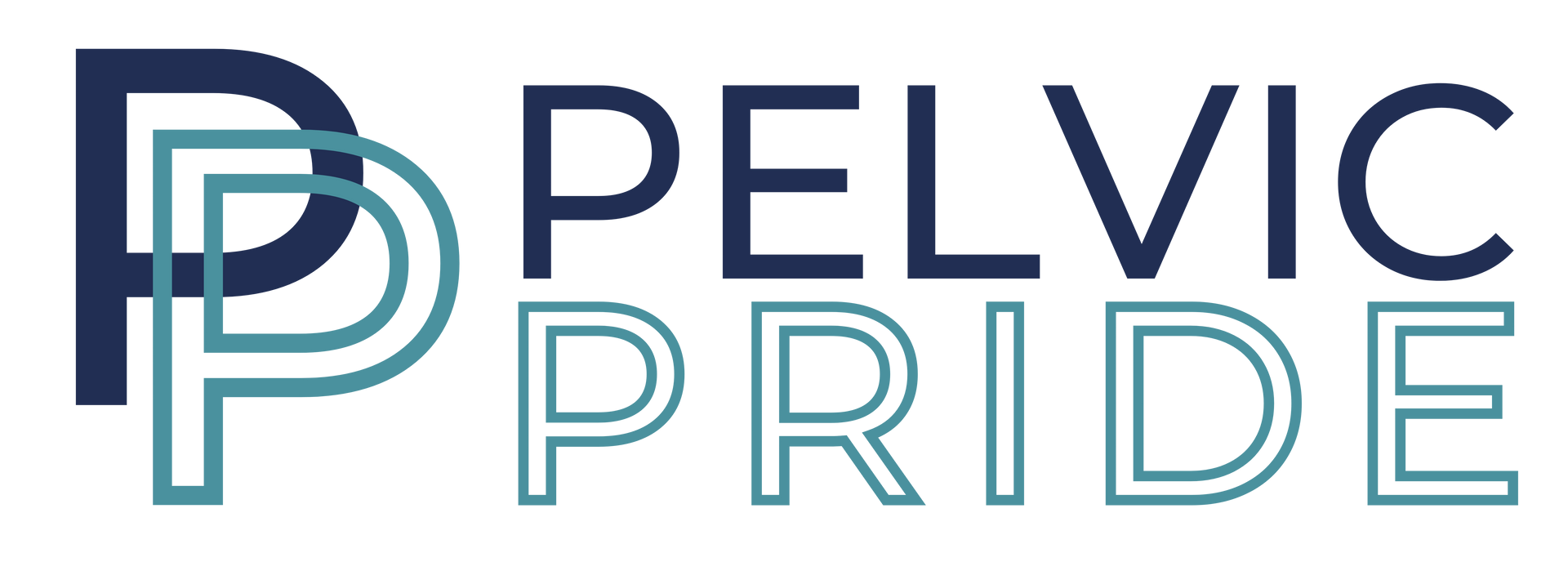How to Treat Torticollis in Babies: 10 Proven Ways to Support Your Baby's Development
So, you noticed your baby has a head turn preference or someone mentioned torticollis… Now what? Maybe you do a quick Google search for “how to treat torticollis in babies” and aren’t sure where to start!
First, let’s talk about what torticollis is.
Torticollis is a condition where an infant’s head tilts to one side while their chin points in the opposite direction. This happens when the neck muscles—specifically the sternocleidomastoid muscle—become tight or shortened.
Torticollis can be caused by several factors, including positioning in the womb, difficult delivery, or simply favoring one side while sleeping or sitting. In some cases, it may also occur due to congenital muscle tightness, known as congenital muscular torticollis.
If left untreated, torticollis can affect your baby’s motor development, making it difficult for them to achieve key milestones such as rolling, sitting, or crawling. Because babies are growing so much each day, positive outcomes from therapeutic intervention are usually noticed as soon as a few days after beginning your baby’s personalized care plan!
Here are
10 ways to support torticollis resolution. Keep in mind that, for optimal results, a clinician with specialized experience should be consulted to build a personalized plan to help your little one.
- Tummy Time: Increase tummy time to strengthen neck and shoulder muscles, encouraging your baby to lift and turn their head.
- Repositioning: Change your baby’s head position during sleep or play to prevent favoring one side.
- Gentle Stretching: Perform neck stretches, as recommended by a healthcare provider (Primary Care, PT, OT, etc.), to lengthen the tight muscles.
- Feeding Position: Alternate sides during feeding to promote equal neck movement. This is especially equally important for bottle feeding, as it is for body feeding.
- Visual Stimulation: Use toys, sounds, or lights to encourage your baby to turn their head toward the less-favored side.
- Neck Massage: Gently massage the affected neck muscles to improve flexibility and reduce tightness.
- Babywearing: Carry your baby in a sling or carrier to promote an upright posture, which can help with neck alignment.
- Purposeful Play: Use your space to your advantage. Place toys all around your baby instead of just in front of them. This promotes looking and reaching in different directions.
- Avoid containers (when possible): Try to avoid extended periods in “containers” such as bouncers, swings, car seats (when not in the car). Opt for safe open spaces such as a playpen or blanket on the floor to allow for sensory and motor development.
- Occupational or Physical Therapy: Perhaps the most important on the list! Occupational or Physical Therapists, with speciality training, can provide guidance and personalized care plans for navigating your child’s specific muscle imbalances in order to achieve optimal results. Early intervention is key and can greatly determine the lasting effects from potential or confirmed torticollis. Therapy also targets developmental milestones and reflex integration to prevent future delays in motor skills, sensory processing, and cognitive development.
If you are looking for where to start, or have tried these and are not seeing results, our Occupational Therapist has specialized training to be able to help you support your baby during this critical growth period. An OT can assess your baby’s motor skills and provide customized exercises to address torticollis and any developmental concerns.
Where to find infant treatment in Maryland
At Pelvic Pride Physical Therapy & Wellness, our occupational therapist, Dani, is an expert in infant development including treating little ones with torticollis, so you are in the right place! We are conveniently located in the Federal Hill neighborhood in Baltimore MD. Fill out our contact form & our Patient Care Specialist will reach out to you ASAP!
Next on Your Reading List
Love our content? Let's stay connected!
Subscribe to our newsletter for personalized updates when new blog posts are dropped.






